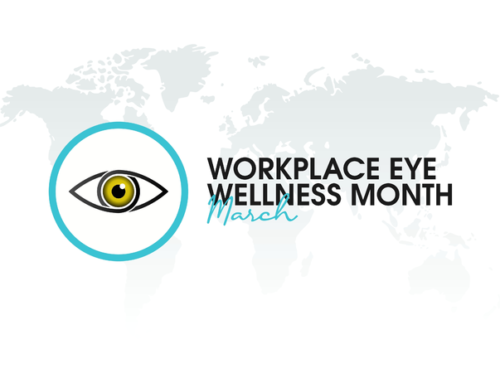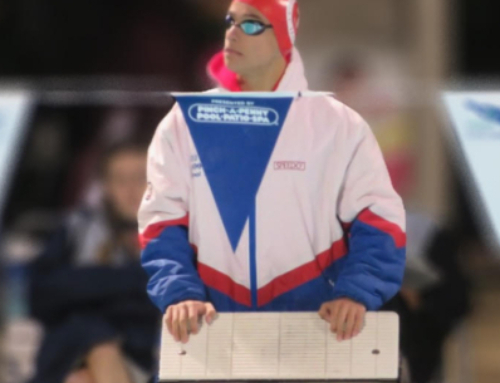Ultraviolet rays are invisible forms of energy coming from the sun. Their wavelengths are shorter than visible light.
Most people are aware of the effect of UV rays on their body by using sunblock to protect themselves, but many people are not aware of the UV rays on their eyes. We can be exposed to UV radiation from both the sun and reflectiveness off bright surfaces such as a sidewalk or water.
There are two types of UV radiation that can effect your eyes UV A and UV B. Over time UV A is more easily absorbed by the retina, the back of the eye. UV B can damage the cornea and lens of the eye. The damage from UV rays may not develop until years later. UV damage is cumulative.
Exposure to UV rays can lead to Macular Degeneration in the elderly population and also can cause changes in the macular in younger people if there is intense overexposure. This is called Solar Retinopathy.
UV rays are also known to cause cataracts which is a clouding of the lens in the eye. This will lead to blurry vision and eventually cataract surgery.
Another UV related problem that we commonly see in people that work outdoors is a pterygium or pinguecula. These are both overgrowth’s of cells on the whites of the eyes. The pterygium can actually grow onto the cornea and may need to be surgically removed.
Skin cancers on or around the eyelids can also be seen with long term exposure to UV rays.
On the corneas of the eyes we can get Keratitis from overexposure to UV radiation. It can be painful and also affect ones vision for several days after exposure. Spending the day at the beach with no eye protection can lead to this.
The best way to protect your eyes when outdoors, especially in our sunny Florida weather is to always wear UV coated sunglasses. Even contact lenses and lens implants mostly come with UV protection. Even a good wide brimmed hat will decrease our overall exposure










